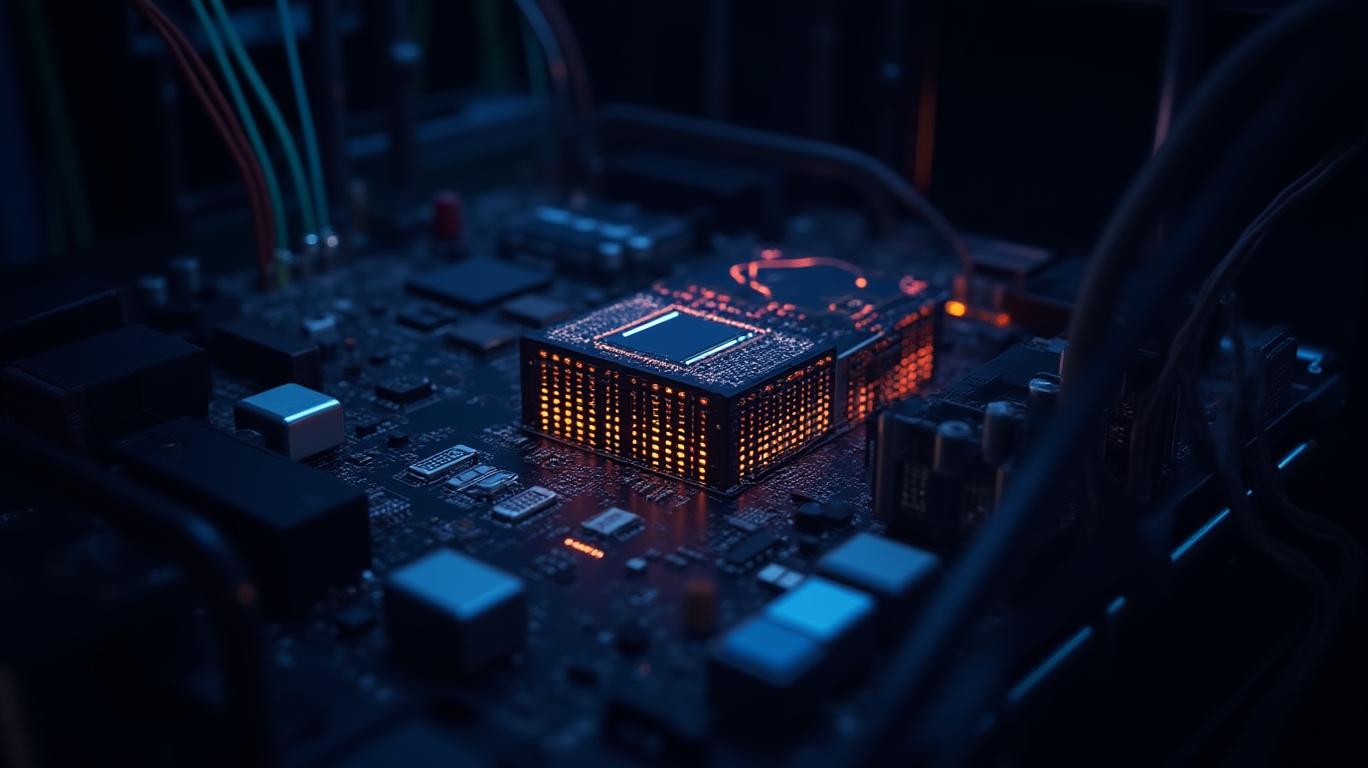Astera Labs’ UALink Dominance: Why the AI Infrastructure Play is Just Heating Up
The race to build the next-generation AI infrastructure is no longer about just the chips. It’s about the connectivity between them—the fabric that enables thousands of accelerators to work in unison, at blistering speed, within a single AI pod. That’s where Astera Labs is now positioned to strike gold.
The company’s leadership in the UALink Consortium—a group of over 100 industry players—has just delivered a pivotal milestone: the ratification of the UALink 200G 1.0 specification. This open standard isn’t just another technical update; it’s a game-changer for hyperscalers building the AI supercomputers of tomorrow.

The UALink Breakthrough: Speed, Scale, and Interoperability
UALink 200G 1.0 defines a low-latency, high-bandwidth interconnect capable of linking up to 1,024 accelerators within a single AI pod. For hyperscalers like Amazon, Google, and Microsoft, this means they can finally build AI systems that are 10x faster and 30-50% more cost-efficient than existing architectures. The technology’s “memory-semantic” design ensures seamless data sharing between GPUs, CPUs, and storage—eliminating bottlenecks that have long plagued AI training and inference.
Astera’s role here isn’t incidental. As a Promoter Member of the UALink Consortium, the company has driven the standard’s development, leveraging its decade of silicon expertise in PCIe, CXL, and Ethernet solutions. Its Intelligent Connectivity Platform—paired with the COSMOS software suite—provides the full-stack tools to optimize these massive AI systems.
Why This is a Total Addressable Market (TAM) Explosion
The AI hardware market is already booming, but UALink isn’t just a slice of that pie—it’s expanding the entire pie. By standardizing a memory-semantic fabric,
is unlocking $50+ billion in new opportunities for hyperscalers to build larger, faster AI systems without proprietary lock-in.The financials speak to the urgency: Astera’s revenue jumped 13% sequentially in Q1 2025, with PCIe Gen 6 products like the Scorpio P-Series driving demand. This isn’t just a semiconductor play—it’s a strategic platform for the AI era.
The Interoperability Edge: Astera’s Secret Weapon
While competitors focus on individual chips, Astera is solving the system-level problem. Its Cloud-Scale Interop Lab has already validated UALink’s compatibility with GPUs from NVIDIA and AMD, CPUs from Intel and AMD, and storage solutions from Western Digital. This vendor-agnostic approach ensures that hyperscalers can mix-and-match components, reducing costs and accelerating deployment.
In an industry where 80% of AI infrastructure costs are tied to connectivity, Astera is positioned to capture a disproportionate share of this spend. Its solutions cut latency by over 50% compared to legacy PCIe setups, making them indispensable for real-time AI workloads.
Why Investors Are Missing the Boat (and Why They’ll Pay Up Soon)
Astera’s stock hasn’t yet priced in the UALink tailwind. While Wall Street debates AI’s “overvaluation,” the company is quietly delivering 144% YoY revenue growth—a trajectory that’s only accelerating. The Q2 outlook of $170–175M suggests no slowdown ahead.
This is an underappreciated growth driver because most investors are fixated on the “AI chip arms race.” But without the right fabric, those chips are like Formula 1 engines stuck in traffic. Astera is the unsung hero enabling the entire ecosystem to run at full throttle.
Final Take: Buy Now—Before the Market Catches On
The AI infrastructure boom isn’t a fad. It’s a decade-long transformation, and Astera is at the heart of it. With UALink 200G 1.0 now ratified, the company is primed to capitalize on a $50B+ TAM expansion—a figure that could double as hyperscalers scale up their AI ambitions.
The stock’s valuation? A steal. With revenue growth outpacing peers and a moat built on silicon know-how and interoperability dominance, Astera is a buy now for investors who want to own the AI infrastructure stack.
The race to build the next-gen AI infrastructure isn’t just about who makes the fastest chip. It’s about who connects them all. Astera Labs isn’t just keeping up—it’s leading the pack.
Investors should consider their own financial situation and consult with a professional before making investment decisions.

Comments
No comments yet